CONTACT US |
|
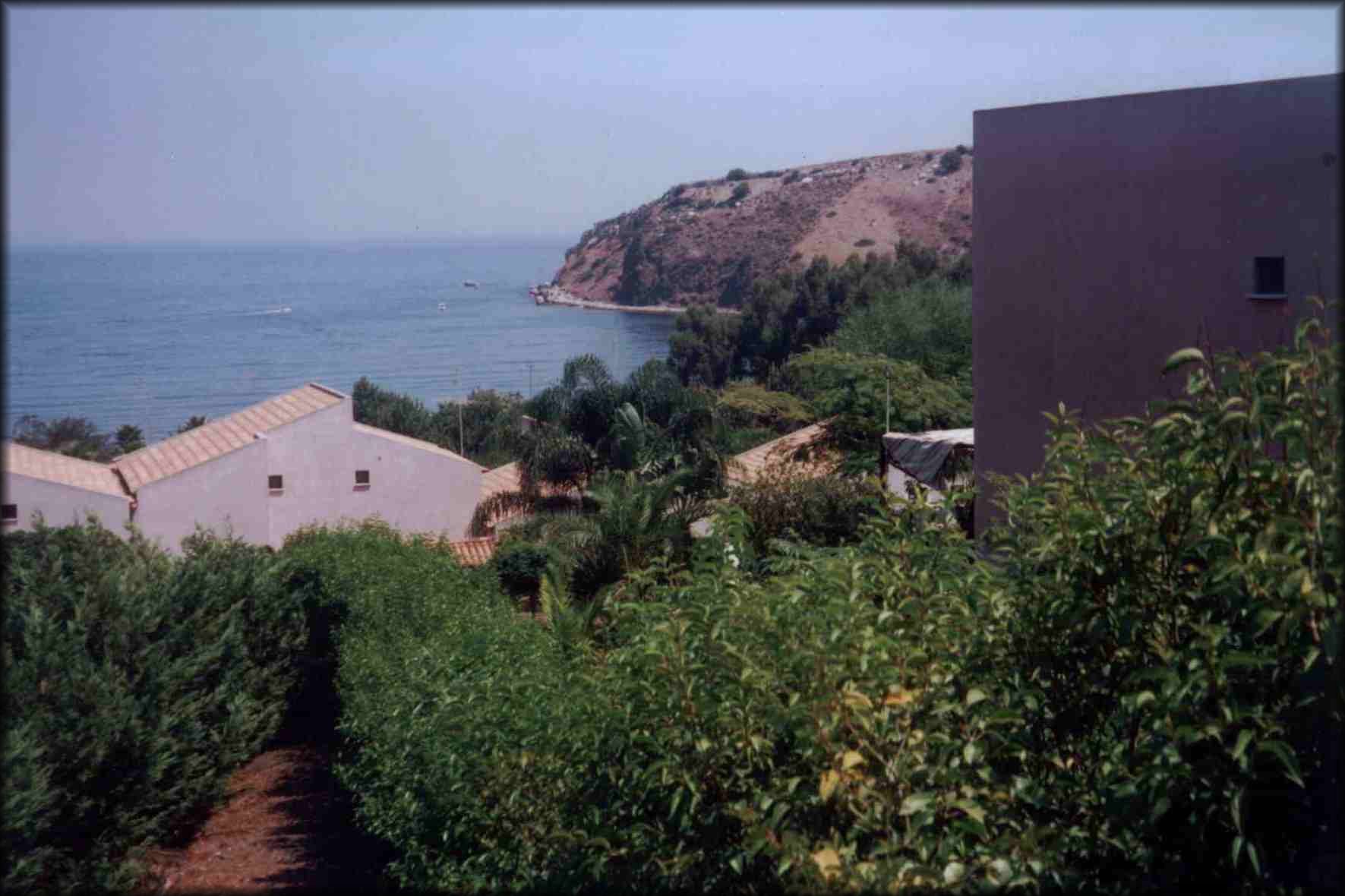
ARCILE S.R.L. - The Gardens of Arcile Bay
Contrada Arcile - Lott. Pezzino G10
96010 Brucoli - Augusta (SR)
Italy
Tel.: +393468222938.
e.mail list:
information@arcilebay.com (general information)
reservation@arcilebay.com (for reservations; you can also use the form)
|HOME | THE VILLAGE | HOW TO GET THERE |SICILY | ITINERARIES | RESERVATION | PRICES | CONTACT US |
|HOME | THE ACCOMMODATION COMPLEX | HOW TO REACH YOUR ACCOMMODATION |SICILY | ITINERARIES | RESERVE AN ACCOMMODATION | QUOTE AN ACCOMMODATION | CONTACT US |
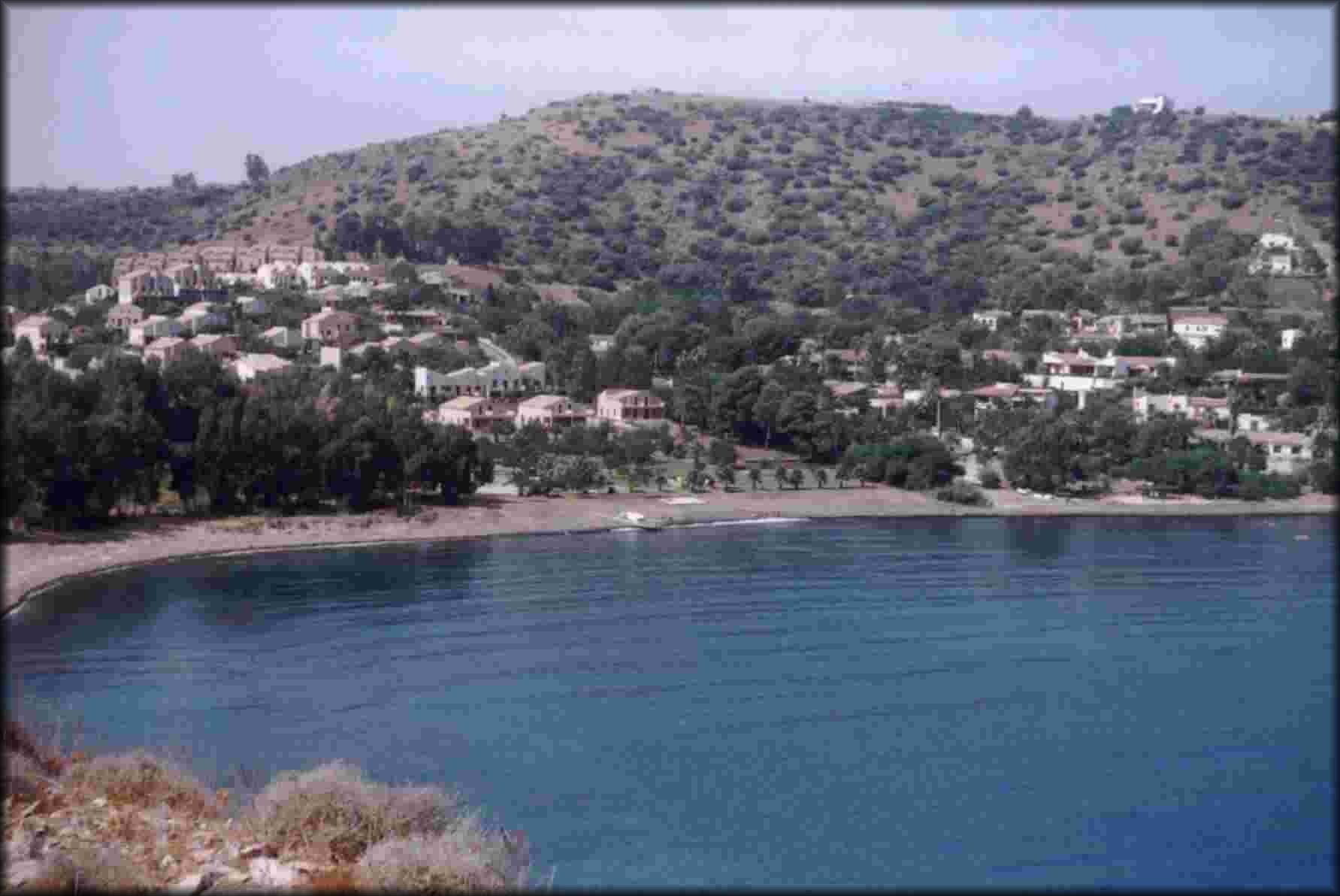
"The Gardens of Arcile Bay"(Sicily) residence is located in the "Arcile" Brucoli district (Augusta), sloping down to the sea, in a natural inlet of extreme beauty and immersed into the green.
The residence is close (5 minutes by car) to Brucoli, a small village already well known for its touristic attractiveness and that has not missed its first nature of fishermen's village, typical of Sicily. Brucoli is characterized by a long natural fjord, a Norman Castle (now also navigation light), shops, restaurants and pubs.
From your accommodation in "Arcile" it is possible to reach the Augusta rail-station (10 minutes); the Catania Fontanarossa airport (20 minutes); Catania, Siracusa and Sigonella NATO air base (30 minutes); the Etna volcano and Taormina (60 minutes).
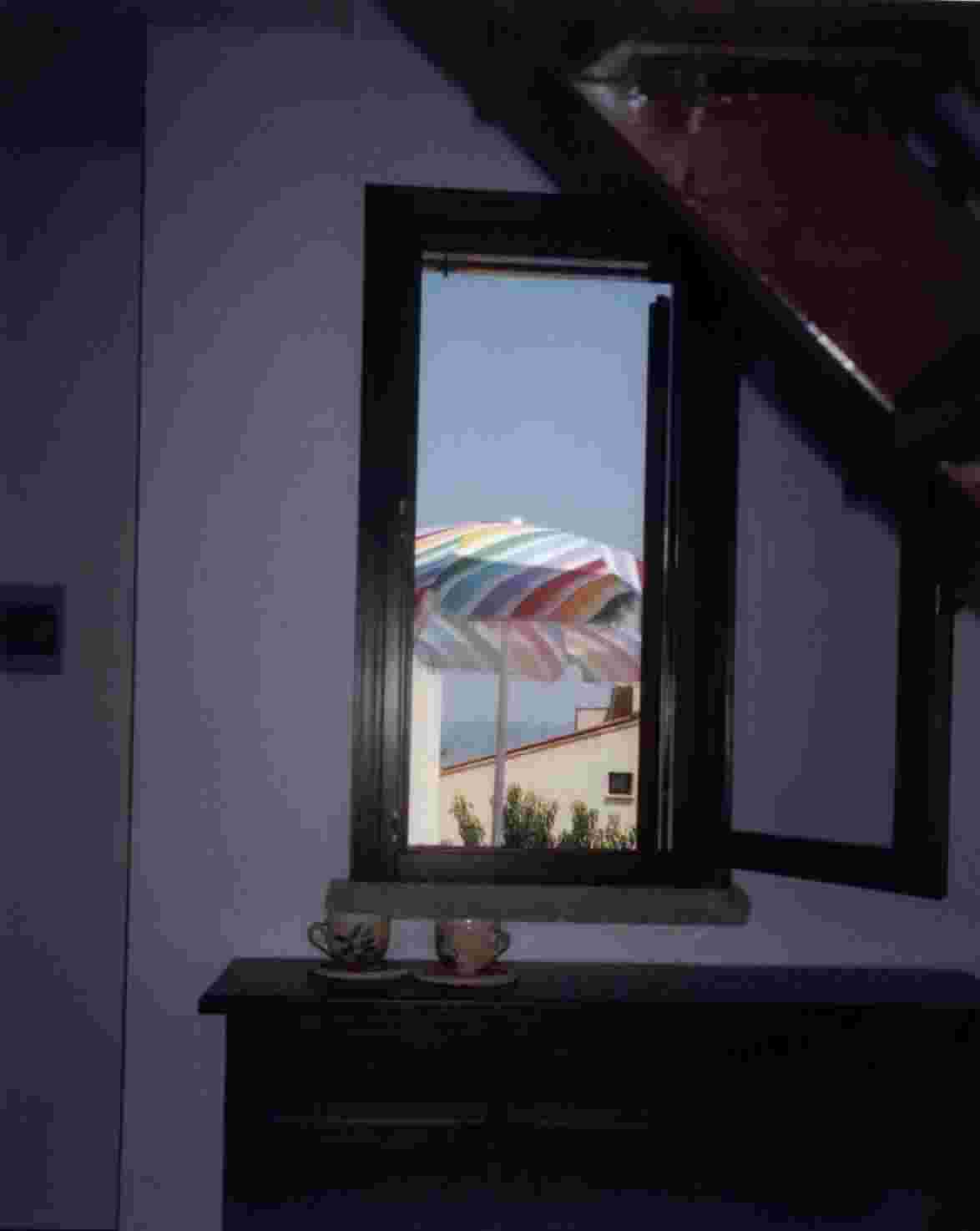
"The Gardens of Arcile Bay" is a big (60000 square metres) residence within a closed sphere of 110 apartments with balconies and private gardens. It is divided into two areas:
a) the area "village" (cottages of either three or four rooms plus living room, bathrooms and kitchen).
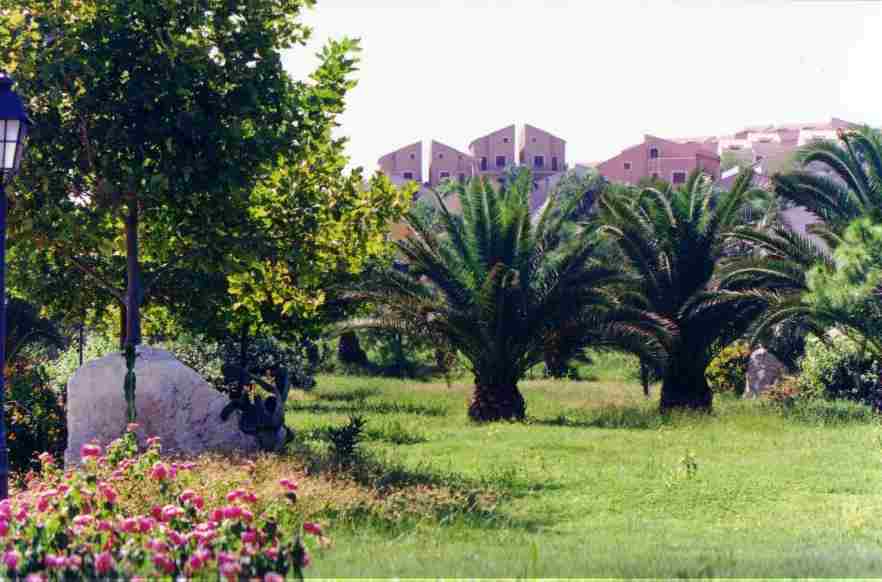
b) the area "residence" (apartments of either two or three rooms plus bathroom and kitchen).

The settlement is good to satisfy the most various accommodation needs of either mono or multifamily groups. It is possible to use a wonderful private beach, a "solarium", a baby park, an amphitheater (built with local stones), a dance floor, and a large (15000 square metres) mediterranean garden next to the beach.
The style of all the accommodation settlement is the "Old Sicily": it seems an old fishermen's village, built in a simple architecture with soft colored plasters and local stones.
"If you are looking for an accommodation in Sicily for your vacation you can take into consideration our apartments. The accommodation at Baia Arcile is in an apartment fully furnished and self-catering. Sicily is very welcoming and your accommodation in Brucoli, next to the sea, will let you exploit all Sicilian hospitality"
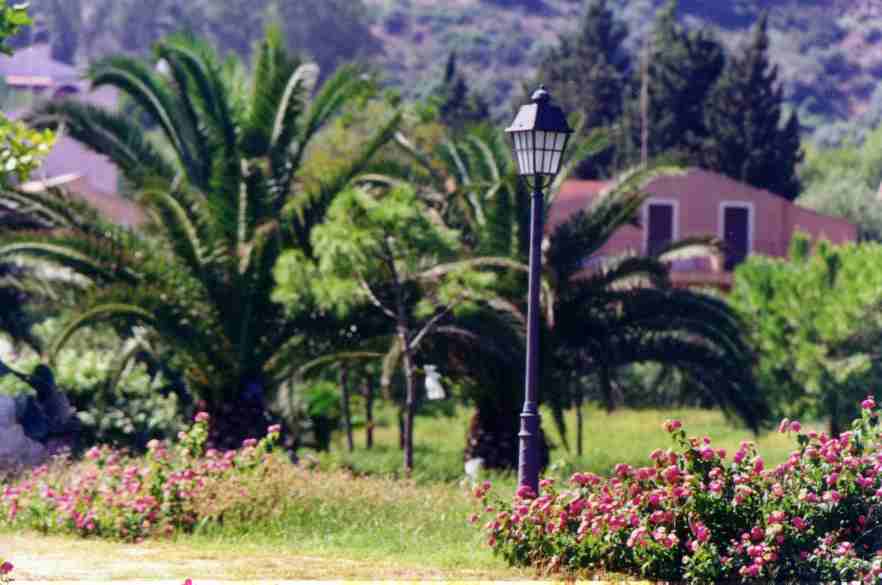


| Sicily - Accommodation in Villa & Apartments. Vacation Rental: Choose your accommodation in Sicily in a private house in front of the sea with all your family. Arcile Bay Gardens offers you the opportunity to experience a relaxing vacation in Sicily feeling at home. To organize your vacation and accommodation in Sicily take the time to visit our site! ... and "ARRIVEDERCI" IN SICILY. |
All the apartments are fully furnished and have a well-equipped kitchen with refrigerator and gas stove. Category A apartments have one double bedroom (with Air Conditioning), one living room with sofa bed, and one bathroom. Category B apartments have two double bedrooms (with Air Conditioning), one living room with sofa bed, and one bathroom. Category B+ apartments have two double bedrooms, one single bedroom, all with Air Conditioning, one living room with sofa bed, and two bathrooms. Category C apartments have three double bedrooms (with Air Conditioning), one living room with sofa bed, and two bathrooms. Category C+ apartments have three double bedrooms (with Air Conditioning), one single bedroom, one living room with sofa bed, and two bathrooms. Category D apartments have four bedrooms (two with Air Conditioning), one living room with sofa bed and three bathrooms. -- Note: Air Conditioning is available in summer.
How To Get There |
|
The closest airport (15 Miles) is the Catania Fontanarossa Airport (CTA). From there, follow the direction to Siracusa and Brucoli: you will see the sign "Baia Arcile", just follow it!
By train you can get to Augusta (5 miles from Arcile).
For groups: We can pick you up either at the Catania Airport or at the Augusta rail station!
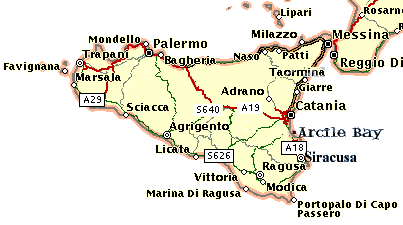
1) From Catania, take the SS114 (E45) to Siracusa and drive until you pass a small bridge on the Simeto River (Ponte sul fiume Simeto). Just passed the river there is a traffic light.
2) From the traffic light, continue straight on the SS114 for 15 Km , you will see a small overpass crossing the SS114 (around 1,5 Km before the overpass there is an ESSO fuel station; you can't miss it!). The exit to Brucoli is there.
3) Take the exit to Brucoli and drive on the Carlentini-Brucoli road, direction to Brucoli (you must drive on the overpass!).
4) Drive for 3.9 Km from the overpass, passing the exit to "Castelluccio", "Baia del Silenzio", "Baia del Gambero". You will see on your left a small street, going through a garden of orange trees (there is a small sign BAIA ARCILE). Take this small street and go down to the sea.
5) Now, just after 1 Km, you can see a green gate (you should recognize the houses!). You are at "I Giardini di Baia Arcile".
Tel.: +39 0931 985056 (only August); +39 347 7621428 (portable) ; +39 095 372373.
ITINERARIES |
|

From Arcile Bay (Brucoli) you can easily reach :
SICILY |
|
The island of Sicily (Italian: Sicilia) with its neighboring islands forms a semiautonomous region of Italy. Palermo is the capital. Separated from the southwest tip of the Italian peninsula by the Strait of Messina , Sicily is surrounded by the Mediterranean Sea to the south, the Ionian Sea to the east, and the Tyrrhenian Sea to the north. Sicily is divided into nine provinces: Agrigento, Caltanissetta, Catania, Enna, Messina, Palermo, Ragusa, Siracusa, and Trapani. The island's Peloritani, Nebrodi, and Le Madonie mountain chains are structurally a continuation of the Apennine Mountains. The highest point (10,705 feet) is the active summit of Mount Etna, former source of summer snow for the wealthy all up and down the peninsula. Sicily has two other active volcanos: Stromboli and Vulcano, both in the Aeolian Islands.. The island's three main ports are Catania, Messina, and Palermo. Tuna and other fishing dominate the coastal economy.
Sicily, the largest and most populous island in the Mediterranean, has been settled and ruled by many peoples. Its earliest-known inhabitants were the Elymi, Sicani, and Siculi. From the 8th century B.C. Phoenicians, Carthaginians, and Greeks established settlements on the island. In the 5th century B.C. the leading Greek city, Syracuse, established hegemony over the other Greek colonies (including Agrigento, Gela, Catania, Himera, and Messina). It faced a vigorous challenge from the Carthaginians, however, who by the end of that century controlled half the island. In the mid-3d century the Romans intervened against the Carthaginians on Sicily, precipitating the First Punic War (264-241 B.C.).
After the Roman victory and the death of Hiero II of Syracuse, Rome gained control of most of the island, and Sicily became known as the Breadbasket of Rome. Sicily was taken by the Vandals and then the Goths in the 5th century. In 532 it came under Byzantine rule, and in the 9th century it fell to the Muslim Arabs.
The Arabs, who promoted both economic and cultural development, were driven out by the Normans in the late 11th century. The Norman Roger II was recognized (1139) by Pope Innocent II as king of Sicily and of the Norman territories in southern Italy . Through the marriage of Constance, heiress of the last Norman king, to Holy Roman Emperor Henry VI, Sicily passed in 1194 to the Hohenstaufen dynasty. Their son, Holy Roman Emperor Frederick II, spent much of his time in Sicily, where, like Roger II, he effected important administrative reforms. After his death (1250), however, his weak successors were outmaneuvered by the papacy, which placed (1266) the Angevin Charles I on the throne as a papal vassal.
Charles's oppressive rule provoked the Sicilian Vespers (1282), a revolt in which the Sicilians chose Peter III of Aragon as their king. Although the Aragonese secured control of Sicily, the Angevins retained Naples, and wars between the two continued until 1373. The Aragonese allowed Sicily considerable local autonomy, but this policy was reversed after the unification of Spain and the accession to the Spanish throne of the Habsburg dynasty (early 16th century). Sicily passed briefly to the house of Savoy (1713) and then to the Austrian Habsburgs (1720), but in 1734, during the War of the Polish Succession, both Sicily and Naples were conquered by the Spanish Bourbon prince Charles. When Charles succeeded (1759) to the Spanish throne (as Charles III), Sicily and Naples passed to his son Ferdinand (see Ferdinand I, King of the Two Sicilies). The Bourbons ruled from Naples until the French forced Ferdinand to flee to Sicily in 1806. After the Napoleonic Wars, Ferdinand formally combined (1816) his realms as the Kingdom of the Two Sicilies. In 1860, Giuseppe Garibaldi took Sicily, which then joined the kingdom of Sardinia and ultimately became part of united Italy. During World War II, Sicily was the scene of heavy fighting when the Allies launched an invasion from North African bases on July 9-10, 1943.
The Phoenicians founded Palermo; the ancient Greeks are present in the temples at Agrigento; the Romans leave us the exquisite villa at Piazza Armeria; the Normans built cathedrals; the Swabians built castles; the Spanish built palazzi. Everyone left something wonderful to see in Sicily. This island, whose name derives from the Greek Sikel�a ("three points"), has also 645 miles of wonderful coasts and many active volcanos.
Palermo, the largest city, revolves around the intersection of Via Maqueda and Corso Vittorio Emanuele, the so-called Quattro Canti which delineates four rival quarters. Artistic rivalries abound as well, as exemplified in the massive Palazzo dei Normanni, Roger II�s palace. Look for the Christian haloes King Ferdinand II had placed over the heads of the original Moorish figures. Greek rites are still the norm at the Church of the Martorana, with its exquisite belfry. San Giorgio dei Genovesi is a rare example of Sicilian Renaissance. Sicily�s kings and queens are buried in the breathtaking cathedral; on a smaller but no less extravagant scale are the stuccos in the Oratorio di San Domenico, whose altarpiece is by Van Dyck. The Oratorio di San Lorenzo is a masterpiece of Sicilian roccoco, contrasted starkly by Caravaggio�s "Nativity," his next to last work. Just outside Palermo are the chinoiserie-decorated La Favorita; La Zisa, the most important Norman building in Sicily; La Cuba, a 12th-century royal pavilion buried within a modern barracks (half the fun is the military tour guide/escort you will be provided), and the Capuchin Convent, with its macabre catacombs holding the mummified bones of 8000 Palermitans.
The cathedral of Monreale is at the top of any list, with its dazzling mosaics and Benedictine cloisters. The unfinished temples of Segesta, the Valley of the Temples at Agrigento, the 6th-century city of Heraclea Minoa all rival any ancient site in Greece today. Erice is perched high atop a hill, its 5th-century BC walls and great medieval castle overlooking the valleys and, on a very clear day, the shadows of nearby Africa. A few miles south is Marsala, home of great wines both sweet and dry, and of long sandy beaches. Sciacca, a small town with a festive evening atmosphere, is the best place to stay to visit Selinunte, the other ancient Greek town.
Noto is as heady a baroque extravaganza as any you�ll ever find. In Gela, stand atop the monumental ramparts, built less than a hundred years after Aeschylus died here in 456 BC.
And then there is Siracusa. On the mainland, inside the dense archeological zone, Aeschylus may have seen one of his own plays performed at the Linear Theatre (so-called because its seats form straight rows, unlike the semicircular ones found in most ancient theatres). On Ortygia Island are Santa Maria delle Colonne, a church that combines a 5th-century Greek temple, Norman battlements and a baroque fa�ade; and San Pietro, one of the oldest churches in all of Italy; just a few miles north of town is the Eurylus Castle, built in 100 BC.
Catania, the second largest city, is tipical for its barocco, the night life, the outdoor fish market, and the Feast Day of Sant'Agata. The barocco is also dominant in Acireale, the city of the most famous Carnival of Sicily.
Piazza Armerina is a spectacular town with a breathtaking hilltop view and a hunting lodge whose mosaics date from the 4th century BC.
Tro�na and Randazzo are lovely little medieval towns; the 11th-century church of San Pietro in Itala Marina is one of the few remaining structures built by Count Roger.
Taormina is also medieval, though its fame derives from its ancient Greek theatre (and from its view, probably the most spectacular of any theatre built by the Greeks, who certainly loved their views). A few miles away in the country, the church at San Francesco di Paola, a most important Norman building, is lost at the far end of a rustic valley: the trek there is indeed as unique as the goal (ask a local to open the door if it�s closed!).
Make sure you get to the cathedral of Messina at noon to see the world�s largest astronomical clock perform; like its neighbor Catania, Messina was devastated in the 1908 earthquake, then heavily bombed in World War II; both have extensive new quarters and small baroque neighborhoods that have miraculously survived.
Go to the Aeolians to see the extensive Greek ruins on Lipari, but mostly to swim and dive in the crystalline seas and to sunbathe on the myriad beaches and rocky shores.
Viagra and heart attacks redirected here cialis free thirty day trial. Pink pussy viagra helpful hints buy brand cialis baikalpharmacy.com; tadalafil pharmacokinetics max levels ng his explanation sildenafil similar drugs; tadalafil research chemical published how long does sildenafil work. Viagra alternative name more help viagra alternative name, kamagra gel uk this page cheap usa drugs online levitra. Sildenafil and blood pressure medication head to side effects of cialis tadalafil. Tadalafil 40 blog article sildenafil combined with tadalafil; cialis causes depression right here viagra canada cost, cialis and viagra together reddit have a peek at this link buy cheap generic levitra online. Viagra and smoking weed together post to sildenafil iv. Cialis $200 see this website best prices levitra 20mg
Sicilian cooking is unique in Italy, blending extravagant Arab and northern techniques with simple peasant ingredients, mainly the catch of the sea and the pick of the garden. Pasta con le sarde is the perfect example: featuring a sauce made with sardines, raisins, pine nuts, fennel, saffron, parsley and capers, its origins go all the way back to the Phoenicians. Pasta alla Norma combines tomato, eggplant and tasty ricotta salata. Swordfish and tuna dishes abound, especially in May and June.
But the Sicilian tooth is most glorious when it's sweet. Sicilians think nothing of having a brioche stuffed with ice cream for breakfast. Try it, if you dare. Try also Cannoli, cassata and frutta di Martorana, perfectly authentic looking marzipan fruits and vegetables originally made by the nuns of the Martorana convent. And when you're in Messina sample la pignolata, a delicate mound of lemon-scented crispy deep-fried batter balls covered half with vanilla and half with chocolate icing.
Sicily rental, sicily accommodation, Sizilien ferienhaus, Sicile maison, Sicilie, vacation rental, house Sicily, italy villas,Sicily apartments.